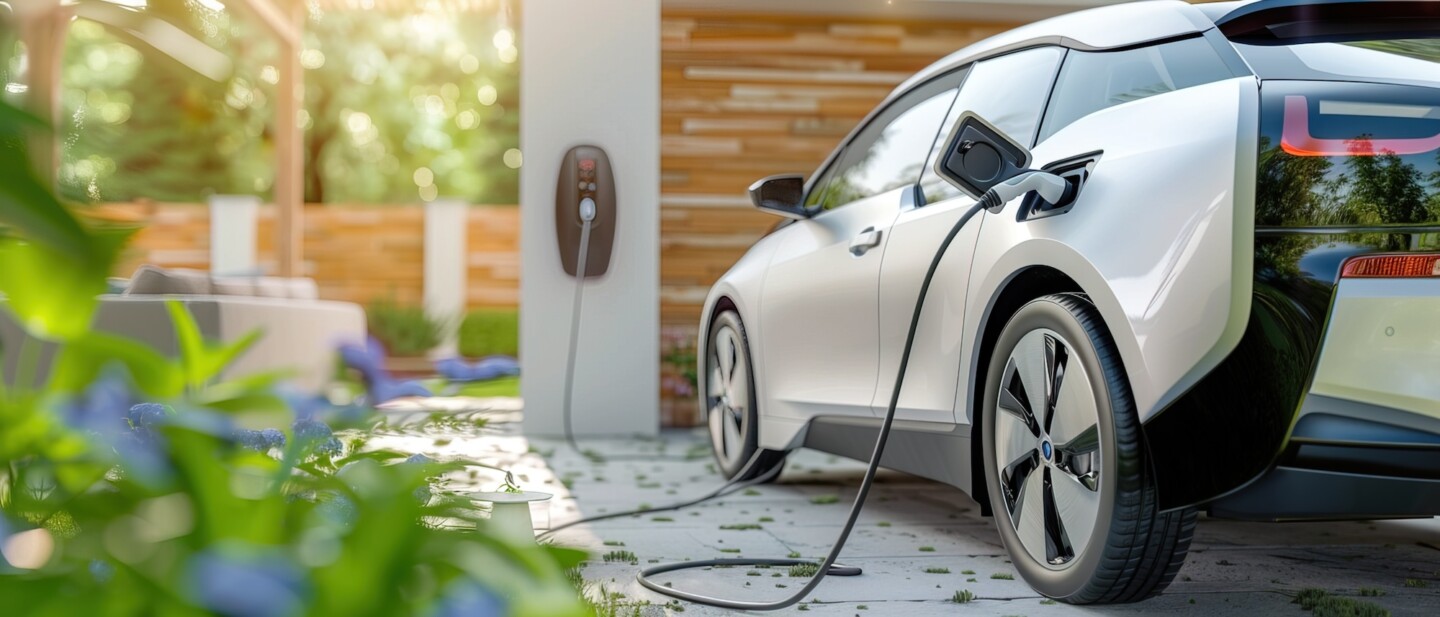Electric vehicles (EVs) are rapidly becoming a cornerstone of the automotive industry, driven by the global shift towards sustainable energy solutions. A key component of these vehicles is the lithium-ion battery, which powers everything from compact cars to large SUVs. As more EVs hit the road, the question of what happens to their batteries at the end of their life cycle is increasingly important. Let’s explore the journey of an old electric car battery and the processes involved in recycling and repurposing these essential components.
The Lifespan of an Electric Car Battery
Before delving into what happens to old batteries, it’s important to understand their lifespan. Lithium-ion batteries typically last between 8 to 15 years, depending on factors like usage patterns, climate, and how well they are maintained. Even after this period, when a battery no longer holds sufficient charge for vehicle use, it doesn’t mean it’s completely dead. At this stage, a battery usually retains about 70-80% of its capacity, which opens up new possibilities for its use before it is recycled.
Second-Life Applications
One of the first steps in the journey of an old EV battery is evaluating its potential for a “second life.” Even though these batteries may no longer be viable for powering vehicles, they can still be used in less demanding applications. Second-life batteries are often repurposed for energy storage systems, where they can help store electricity generated by renewable sources like solar or wind power. This repurposing not only extends the battery’s useful life but also provides a cost-effective solution for energy storage, contributing to grid stability and the integration of renewable energy.
The Recycling Process
Once a battery reaches the end of its life or is no longer suitable for repurposing, it can enter the recycling phase. The recycling of lithium-ion batteries is a complex but essential process aimed at recovering valuable materials and minimizing environmental impact.
From collection to material recovery
The process begins with the safe collection and transportation of old batteries to a recycling facility. Due to their chemical composition and potential hazards, batteries require special handling during this stage.
At the recycling facility, batteries are dismantled. This step involves separating the battery into its components, such as the casing, wiring, modules, and cells and preparation of the materials for the following step. The process continues with shredding to break the input materials into smaller pieces. The shredded output is then separated into valuable materials including materials like lithium, cobalt, nickel, and copper, as well as other elements like plastics and electrolytes. Read about Envergia’s specific process here.
In the following step, the valuable elements are extracted. These recovered materials can then be reused in the production of new batteries, thus creating a closed-loop system that reduces the need for new raw materials.
The Environmental and Economic Benefits
Recycling old electric car batteries offers significant environmental and economic benefits. By recovering valuable materials, the demand for virgin resources is reduced, which in turn lowers the environmental impact of mining and refining operations. Additionally, recycling helps to mitigate the environmental risks associated with battery disposal, such as soil and water contamination from hazardous chemicals.
Economically, recycling creates a sustainable supply chain for battery materials, which can help stabilize prices and reduce dependence on volatile markets for raw materials. Moreover, as the demand for EVs continues to grow, the recycling industry will likely expand, creating new jobs and contributing to the circular economy.
Challenges and Future Directions
Despite the benefits, the recycling of lithium-ion batteries is rather complex. The recycling process requires advanced technology that is constantly improved to efficiently recover materials. The design of batteries is not always conducive to easy recycling, with variations in chemistry and structure adding complexity to the process. Our aim at Envergia is to make future batteries easier to recycle, while our advancements in recycling technology increase recovery rates and reduce costs.
Governments and industries are also working together to establish regulations and incentives that promote battery recycling and the development of a circular economy.
Conclusion
As the adoption of electric vehicles continues to rise, the responsible management of old batteries becomes increasingly critical. Through repurposing and recycling, these batteries can have a second life, contributing to renewable energy storage and reducing environmental impact. By closing the loop on battery materials, we can ensure that the transition to electric vehicles is not only a leap towards cleaner transportation but also a step forward in sustainable resource management.
The journey of an old electric car battery, from powering vehicles to becoming part of a new battery, exemplifies the potential for innovation and sustainability in the rapidly evolving world of clean energy. And this is the goal that Envergia is contributing towards.
